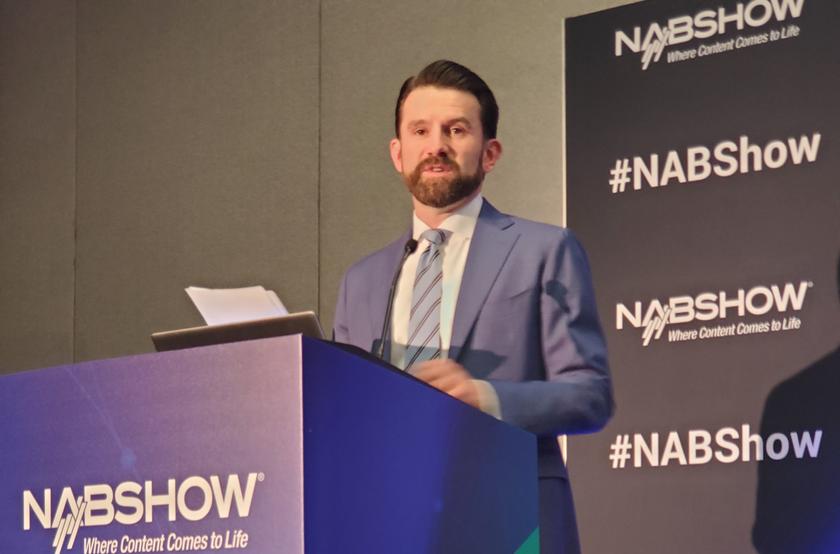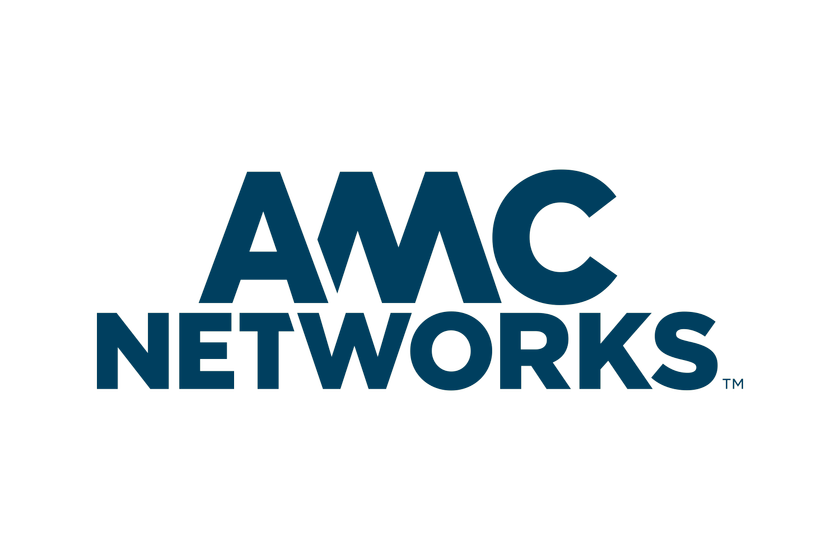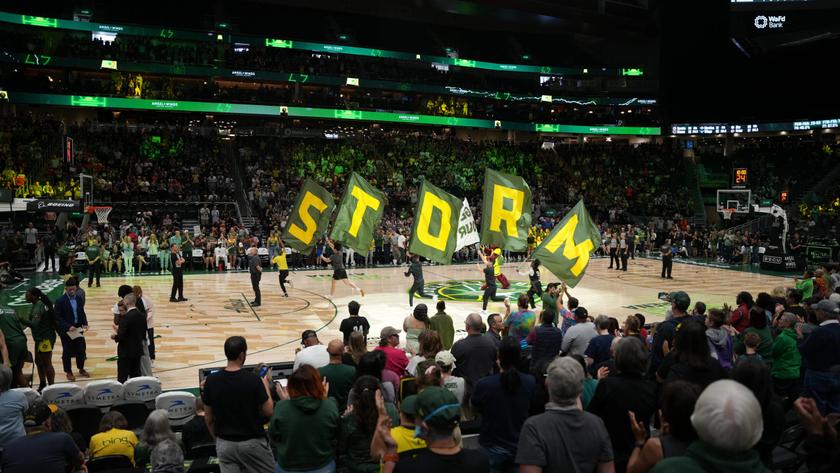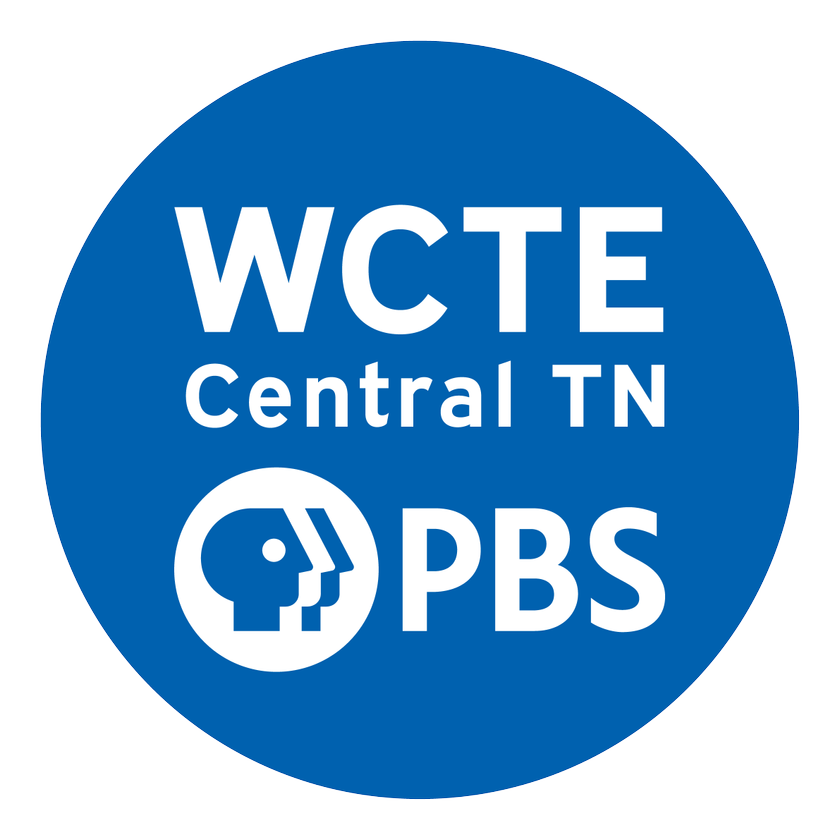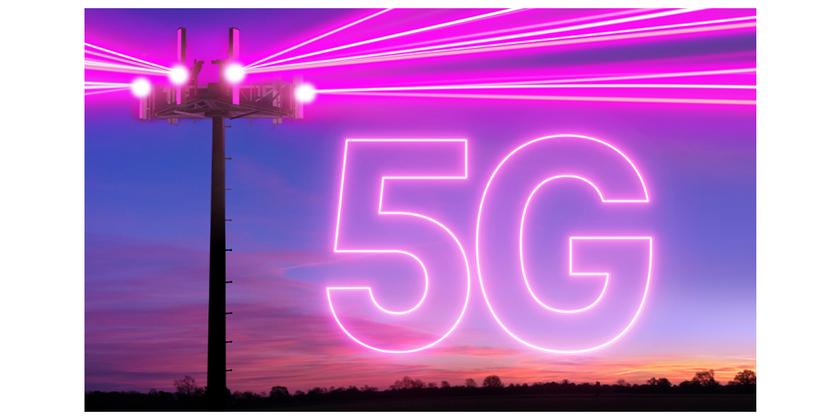How It Looked at FEMA: A Successful National Test
WASHINGTON—The first national test of the emergency alert system in five years—and the first ever using the IPAWS infrastructure as an overlay on EAS—has been deemed a success based on initial feedback from the field.
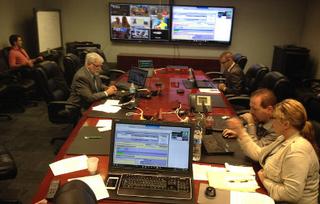
FEMA headquarters during the national EAS test on Wednesday.
The one-minute test was conducted Wednesday afternoon by the Federal Emergency Management Agency with radio, TV and cable stations around the United States. The test verified the successful transmission and broadcast of a national test message. The ability of the U.S. President to send such a message remains an important part of the nation’s alerting infrastructure, though such a real message has never been sent.
Radio World was invited to attend and watch the launch of the test at a FEMA technical facility in Maryland, not far from Washington, D.C. Gathered via a webinar and conference call were officials with FEMA’s alerting partners at the Federal Communications Commission, National Weather Service and the National Cybersecurity and Communications Integration Center, as well as the chairs of the state emergency communications committees.
Prior to the 2:20 test, the staff (shown in photo) tested the integrity of the audio files at the Amazon Web Services server, then conducted final checks with the federal partners to confirm there were no last-minute national events or weather complications that would warrant postponing the test. They made their “go” decision at 2:06 p.m.
The test was launched on the stroke of 2:20 p.m. (ET) from a laptop, in English and Spanish, and the results on local broadcast outlets were immediately monitored in the room. Shortly after the test concluded, IPAWS National Test Technical Lead Al Kenyon polled the SECCs and others on the conference call, and one by one they reported back — Wisconsin, Indiana, Alabama, Georgia/South Carolina, Nevada, SiriusXM, various EAS manufacturers...the reports were all similar: “everything sounded good... our experience in Austin was fine... everything came through.”
Kenyon (shown seated on the left side of the table) thanked the participants and said, “We seemed to have a large degree of success” based on immediate feedback, but said official results will have to wait for stations to fill out their required forms reporting results to the FCC.
Get the TV Tech Newsletter
The professional video industry's #1 source for news, trends and product and tech information. Sign up below.
Kenyon told Radio World, “My driving goal was to have clean audio, delivered timely, and closed out properly.” He said there had been few, if any, complaints about intelligibility or delays in delivery.
“This was the first time we’ve served every EAS device in the country at the same time.”
A separate debriefing call was scheduled late Wednesday by the FCC with state coordinators.
IPAWS Deputy Director Wade Witmer attended and told Radio World the test appeared to be a success, and he called the timing an appropriate tie-in for National Preparedness Month.
More national tests are expected in the future, but the timing and nature of the next one are yet to be determined.
This story originally appeared on TVT's sister publication Radio World.
